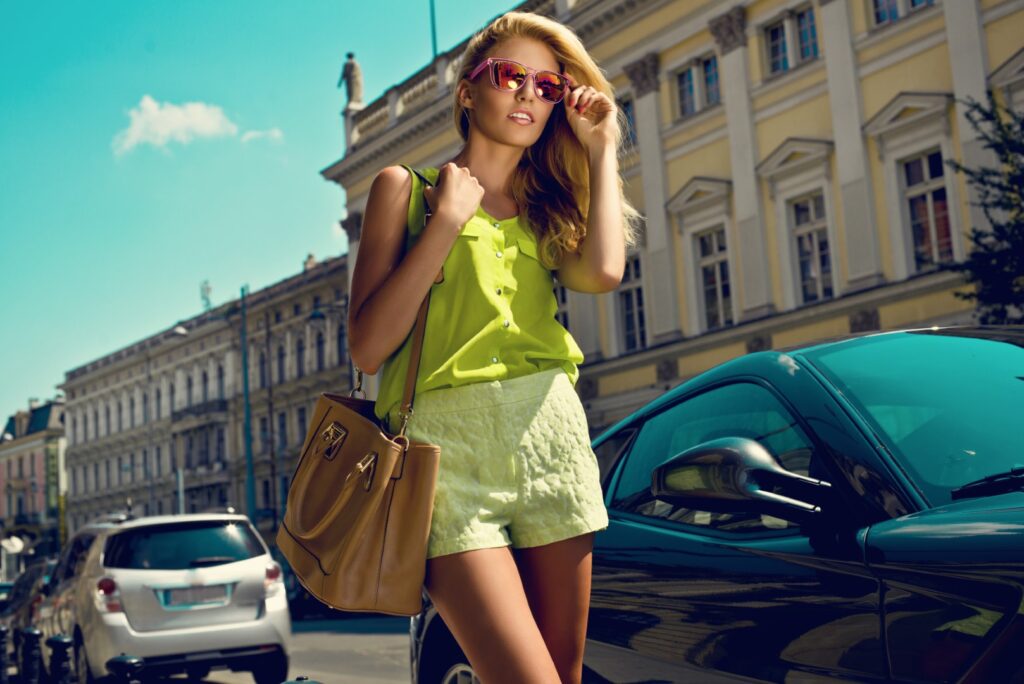From the consumption of natural resources to the disposal of garbage, the fashion industry has a huge negative impact on the environment. There is an increasing need to move towards a circular economy model to lessen this impact. We’ll talk about the function that fashion plays in the circular economy and how it can contribute to a more sustainable future in this post.

What is the circular economy?
An economic system known as the “circular economy” aims to reduce waste and extend the useful life of resources. A closed loop of production and consumption is created in this paradigm by reusing, repairing, and recycling goods and materials. With typical linear models, resources are harvested, consumed, and disposed of, which hurts the environment.
Fashion’s place in the circular economy
- The consumption of water, electricity, and chemicals by the fashion industry makes it one of the worst environmental pollutants in the world. The industry is shifting towards a circular economy model, where waste is reduced and resources are reused, to address this problem.
- By prolonging the lifespan of clothing, fashion may make a significant contribution to the circular economy. This can be done in several ways, including repairs, reuse, and resale.
- Customers can bring in their used clothes to be mended and repurposed through repair programs set up by companies like Patagonia. Some businesses, such as The RealReal and Depop, have developed online marketplaces for used apparel, simplifying the buying, and selling process for customers.
- Sustainable production techniques and materials are another way that the fashion industry can support the circular economy. To use fewer natural resources, brands are increasingly embracing eco-friendly materials like lyocell, recycled polyester, and organic cotton. They are also putting into practice environmentally friendly production techniques including circular supply chains and waterless dyeing.
Consumers’ role in the circular economy
By making thoughtful decisions and encouraging sustainable practices, consumers play an important part in the circular economy. People can achieve this by shopping at thrift stores, supporting eco-friendly products, and appropriately discarding their old apparel. To increase the lifespan of their clothing and avoid waste, consumers must properly care for it.
Examples of circular economy
Examples of circular economy clothing include:
Clothing that has been previously used helps to reduce waste and extends the life of apparel. You can find distinctive and environmentally friendly apparel in consignment shops, second-hand stores, and internet markets.
- Services for renting clothing: Renting clothing for special events or daily wear might lessen the need for new clothing and the fashion industry’s environmental impact. Le Tote and Rent the Runway, for example, rent out apparel.
- Upcycling: Upcycling entails using used materials or garments to make new things. For instance, making a patchwork quilt out of leftover fabric or upcycling a vintage denim jacket into a tote bag.
- Garment adjustments and repairs can increase the lifespan of clothing and cut down on waste. Local tailors are also able to assist with changes and repairs, and companies like Patagonia provide repair services for their items.
- Sustainable materials: The fashion industry’s environmental effects can be reduced by using sustainable materials like organic cotton, recycled polyester, and bamboo. Many well-known brands, including Stella McCartney and Eileen Fisher, are known for using eco-friendly materials.

These are just a few instances of how the circular economy may incorporate the fashion industry. The fashion industry may work towards a more sustainable future by cutting waste, recycling materials, and extending the life of apparel.
Although the fashion industry has a huge negative influence on the environment, the circular economy offers hope for a more sustainable future. The clothing business may lessen its impact and help to create a closed loop of production and consumption by extending the lifespan of garments, employing sustainable materials and production techniques, and including customers. As consumers, we must encourage sustainable behavior and make informed decisions to build a more sustainable future for everybody.


